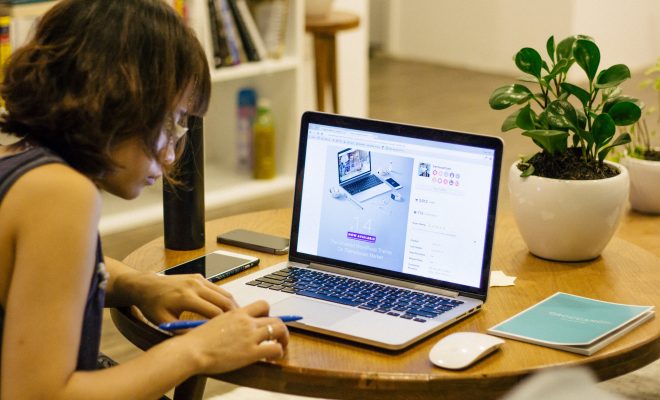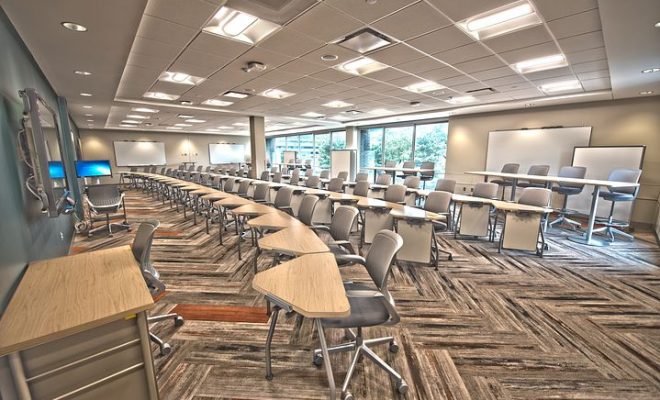3D Printing Activities to Try in Your Classroom

Making shoebox dioramas for history or egg drop containers for physics is quickly becoming a thing of the past. There is a new fad making its way through schools: using 3D printers in the classrooms.
This is a new technology that makes solid 3D objects out of light plastic, layer by layer, from a single digital file. The process is started by designing an object with a 3D modeling program, downloading a template from a website, or using a 3D scanner to measure and recreate a tangible object. 3D printers are an average of $300, making them affordable to public schools. You can even watch the object be printed, as many of the printers are transparent. Sam Patterson, a Makerspace coordinator at Echo Horizon School in Culver City, CA, said, “To students, it seems like magic. There is nothing and then there is something. It’s incredibly engaging to watch a 3D object being printed—a new version of watching digital paint dry.”
However, many teachers and schools are hesitant to buy 3D printers, believing them to only be useful for engineering or 3D art classes. But, according to Tim Jump, a science teacher at Benilde-St. Margaret’s School in Minneapolis, says, “3D printing is a strong draw to encourage students to develop their science, technology, engineering and math skills — right alongside communication, collaboration and problem-solving. Programs that allow students to develop, design and produce solutions give them experience with the activities that will serve them well in college and career.” So, we have listed for you different 3D printing activities you can try with your students in your own classroom, regardless of what subject you teach.
History
No longer do students need to use random craft supplies to create visuals for their projects. Instead, students can use the 3D printer in their classroom to create historical artifacts. For example, when studying the Medieval ages, students can design and print their own war weapons, such as a catapult or siege tower. Then, they can test the weapons against other students’ creations. Or, if they are studying Roman and Greek history, they can design and print their own coinage with a Roman emperor on it. Instead of spending hours creating a model castle, students can just print their.
Art
Rather than wasting sculpting clay, students can create sculptural masterpieces with 3D printing. Not only will this improve their 3D art skills, but it will also improve their computer animation and graphic design skills. For younger children, during the winter holidays, instead of wasting paper to make snowflakes, students can design and then print 3D snowflakes to hang around the classroom.
But, the biggest advantage of having a 3D printer is encouraging students to find fun in the STEM program. Make sure you are comfortable and familiar with the technology yourself so that you can teach your students to use it on their own. As part of STEM, teach that failure in a prototype and design or malfunction of the machine is just part of the learning process.
Science
Have students create 3D Earths to learn about the different layers of Earth. Expand it to have the student create their own solar systems without having to rely on Styrofoam balls. Students can even create the age-old egg drop basket with a 3D printer. Teach students about aerodynamics by having them create airplanes. Focus on the physics behind the airplanes: the balance between strength for launching and weight for gaining flight time, as well as the speed needed to maintain flight. Make sure to teach beyond the printing. Include in your lesson plan the physics, the biology, the geology, the science behind the project. Make sure the emphasize the concept rather than the model.
Technology
Students will ineptly become more interested in technology as you use 3D printing. Have mini-lessons on how to properly run the programs 3D printing uses. In technology classes, have students create replacement parts to robots or computers as they learn how different technology works. Incorporate their outside hobbies into technology projects. For instance, have students design and print their video game controller.
Engineering
Anything is possible with 3D printing for Engineering purposes. Don’t buy pounds of marshmallows and bulk boxes of toothpicks anymore. Have students work together in groups to design and print their own bridges. Then, test those bridges with the weight of toy cars. Students can design and print a building that can withstand an earthquake simulator.
Math
Have students design and print their own math manipulatives. Create rulers, shapes, compasses, protractors, even counting units with your classroom’s 3D printer.
No matter what subject or grade level you are teaching, there are many ways to incorporate 3D printing into student learning. Don’t underestimate the ability of your students—their creativity and learning experience are the key to a successful lesson with 3D printing. Don’t grade results—remember, focus on teaching the concept and allow the 3D printing to be the activity.
Brian Briggs, director of innovation and technology instruction at Plumas Lake Elementary School District in Plumas Lake, CA said, “3D printing these days is redefining education. If there is something a student wants to try or wants to see, it’s just based on their own imagination—now they can build it.”





